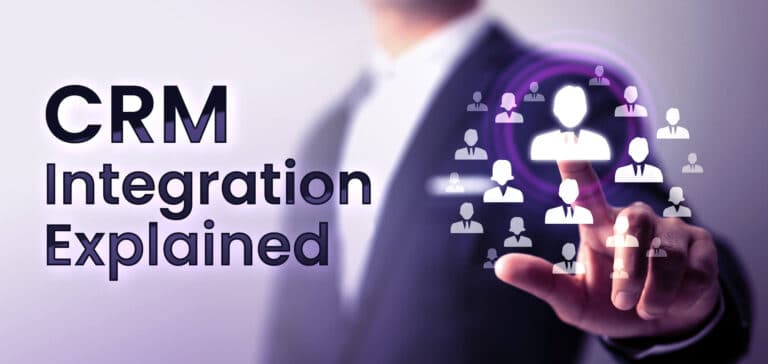By David Rastatter, Senior Director, Product Marketing
Get a Seamless Commerce Experience in 2023
The first few months of the year are typically the slowest retail months. Strategic business owners should leverage this time to implement technologies that improve commerce experiences year-round.
Panicked right now about slower sales? Take a deep breath.
According to US Census Data, the first few months of the year are some of the lowest spending months. They may be feeling even slower than usual after the 2022 ecommerce holiday boom, with ecommerce sales reaching nearly $212 billion from November 1, 2022 – December 21, 2022. While the holidays bring great success for retailers, they also shine a light on key inefficiencies or holes in commerce processes.
In 2022, key issues that retail organizations faced included a shortage of raw materials for production purposes, difficulties in forecasting demand for fulfillment services, delays in shipping and fulfillment (especially for time-sensitive orders), and issues with returns and exchanges of goods. Although an extreme volume of orders is typically reserved for the holiday season, these issues persist year-round for business owners.
With that in mind, strategic leaders should use these slower months to assess, strategize, and invest in technologies that future-proof operations and streamline commerce processes for years to come.
First, fill the gaps in your supply chain and eliminate fulfillment issues with ecommerce integration.
To effectively manage supply, fulfillment, shipping, exchange, and return issues, many ecommerce businesses partner with reliable third-party logistics (3PL) providers. These 3PL providers take full or partial ownership of the order fulfillment process, optimizing and accelerating shipping and logistics operations.
When 3PLs and retailers team up, they have to sync various applications and systems to help streamline order communications and processes, like connecting CRM platforms to ERP platforms to automate order-to-cash and quote-to-cash processes, for example. ecommerce integration facilitates a bi-directional data exchange between 3PL providers and other disparate applications, automating key processes and streamlining tasks like order processing, shipments, and inventory tracking.
Retailers who don’t leverage 3PLs can still benefit from integration platforms because they can automate key commerce processes, like connecting ERP and CRM data to their web store and storefront.
Supply chain and order fulfillment issues are more noticeable when retailers receive a large influx of orders. Automating these processes ahead of the holiday season alleviates supply chain issues and expedites the order fulfillment process, making it easier to reduce costs and manage raw material shortages by providing a central source of truth for customer and inventory data.
Leveraging integration and workflow automation will excite your customers 365 days a year.
Today’s consumers are digitally empowered. With a multitude of shopping platforms, applications, shipment options, and communication preferences, it’s difficult to keep track of these touchpoints. As such, it’s crucial to create a connected commerce — a personalization strategy that allows retailers to integrate in-store, online, or a combination of the two — to enable customers to shop, purchase, and receive goods via their channel(s) of choice.
Customers expect the shopping experience to move quickly and seamlessly. To provide this experience, retailers need to leverage automation through integration technology. By connecting commerce applications, 3PL solutions, and back-end systems, businesses can leverage automation to streamline workflows and eliminate manual processes to free up staff to focus on creating personalized experiences for your customers.
With integration technology, retailers can automate data exchanges between trading partners including customer, order, inventory, and other information. This enables retailers to process commerce data accurately, so customers won’t receive inaccurate product or tracking information; and it ensures 3PLs receive accurate pick and pack checklists.
Commerce data integration also makes information more accessible across internal and external teams and departments, eliminating data silos.
For retailers, integration technology creates a holistic view of the entire business process – what we call “Commerce 360.” Commerce 360 provides use-case-driven integration solutions to connect all commerce touchpoints from front-end marketplaces and EDI to back-end ERP and finance systems. These integrations fuel workflow automation across key commerce processes, creating a single-source of truth of customer data and eliminating manual processes. As a result, you can keep your tech stack working in harmony, reduce strain on staff, ensure you are following trading partner guidelines, and most importantly, create amazing buying experiences for your customers year-round.
Jitterbit integrates ecommerce marketplaces and retailers with ERP, CRM, and back-end systems via API, EDI, and more for a seamless flow of commerce data between applications and platforms. Find out more about how Jitterbit ecommerce data integration can assist in your future-proofing your commerce strategy.







